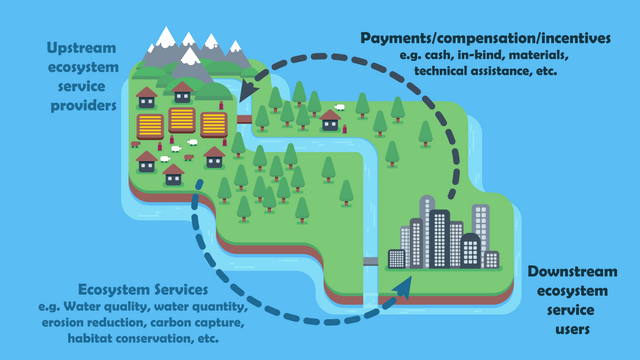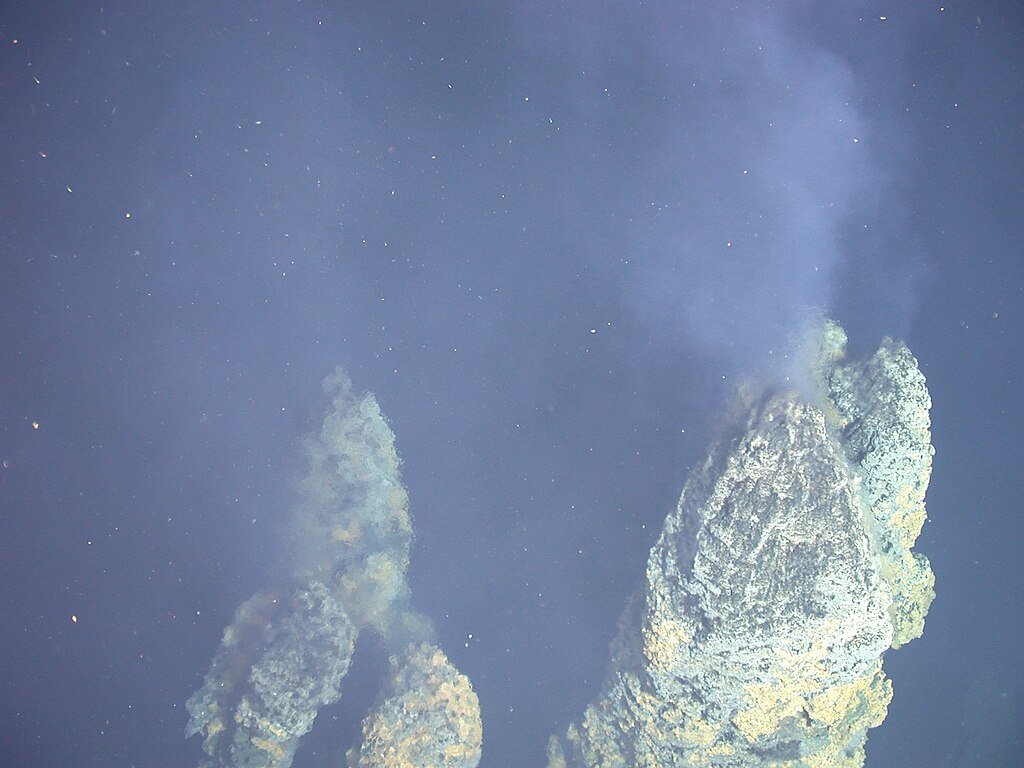Climate change, a pressing global issue, is having significant impacts on ecosystems around the world. These changes are altering habitats, affecting species diversity, and influencing the balance of natural environments. Understanding how climate change is affecting ecosystems is crucial for implementing effective conservation strategies and mitigating negative impacts. Below are ten significant ways in which climate change is reshaping our planet’s ecosystems.
1. Rising Temperatures Altering Habitats

As global temperatures rise, many ecosystems are experiencing shifts in habitat conditions. Warmer temperatures can disrupt the delicate balance of ecosystems, forcing species to migrate to cooler areas. For example, some mountain species are moving to higher altitudes to escape the heat, leading to increased competition for resources and altering local biodiversity.
2. Ocean Acidification Affecting Marine Life

Increased carbon dioxide levels are not only warming the planet but also dissolving into oceans, leading to ocean acidification. This change in pH levels threatens marine organisms, particularly those with calcium carbonate structures like coral reefs and shellfish. As these species struggle to survive, entire marine food webs are at risk of destabilization, affecting both biodiversity and the livelihoods of communities dependent on marine resources.
3. Changes in Precipitation Patterns

Climate change is altering precipitation patterns worldwide, with some regions experiencing more intense rainfall and others suffering prolonged droughts. These changes can lead to increased flooding or water scarcity, each of which presents challenges for local flora and fauna. Flooding can wash away essential nutrients in the soil, while droughts can reduce water availability, both impacting plant and animal survival.
4. Shifts in Species Distributions

As conditions change, species are moving towards more hospitable environments, often resulting in new interactions among species that never coexisted before. These shifts can have cascading effects on ecosystem dynamics, with potential for new predators and competitors, altered food resources, and changes in disease dynamics. The introduction of invasive species into new areas can also further stress native ecosystems.
5. Melting Ice Caps Affecting Polar Ecosystems

The Arctic and Antarctic regions are experiencing some of the most dramatic impacts of climate change, with ice caps and glaciers melting at alarming rates. This loss of ice not only endangers species like polar bears and penguins that rely on ice-based habitats but also contributes to rising sea levels globally. The changing landscape also affects marine and terrestrial flora and fauna, altering nutrient cycles and food availability.
6. Increased Wildfire Frequency and Intensity

Rising temperatures and prolonged drought conditions are contributing to more frequent and intense wildfires. These fires can devastate ecosystems by destroying habitats and releasing large amounts of carbon into the atmosphere, further exacerbating climate change. While some ecosystems are adapted to natural fire cycles, the current pace of change exceeds their ability to recover, threatening biodiversity and ecosystem services.
7. Disruptions in Migratory Patterns

Many species rely on specific environmental cues for timing their migrations. Climate change is altering these cues, causing mismatches between the timing of migration and the availability of vital resources like food and nesting sites. As a result, migratory species such as birds, fish, and mammals may struggle to find suitable conditions, negatively affecting their populations and the ecosystems they inhabit.
8. Loss of Biodiversity

The combined effects of climate-related changes are leading to a decline in biodiversity across many ecosystems. As species struggle to adapt to rapidly changing conditions, extinction rates are increasing. This loss of biodiversity diminishes ecosystem resilience, affecting the stability of services such as pollination, water purification, and carbon storage that humans and other species rely on for survival.
9. Coral Bleaching Events

Coral reefs are particularly vulnerable to climate change, with rising sea temperatures causing widespread coral bleaching events. When water becomes too warm, corals expel the symbiotic algae living in their tissues, causing them to turn white and become more susceptible to disease and death. These bleaching events not only threaten coral species themselves but also the diverse marine life that depends on healthy reefs for food and shelter.
10. Impact on Ecosystem Services

Climate change affects various ecosystem services that are crucial for human well-being. Services such as food production, freshwater supply, and disease regulation are being altered, impacting agriculture, health, and economies around the world. As ecosystems become less capable of providing these services, the risk to human communities and economies increases, highlighting the urgency of addressing climate change.
Conclusion

In conclusion, climate change poses a substantial threat to ecosystems globally, affecting habitats, species, and the services they provide. Addressing these impacts requires concerted efforts to reduce greenhouse gas emissions, protect and restore ecosystems, and promote sustainable practices. By taking action now, we can support the resilience and health of our planet’s ecosystems for future generations.




